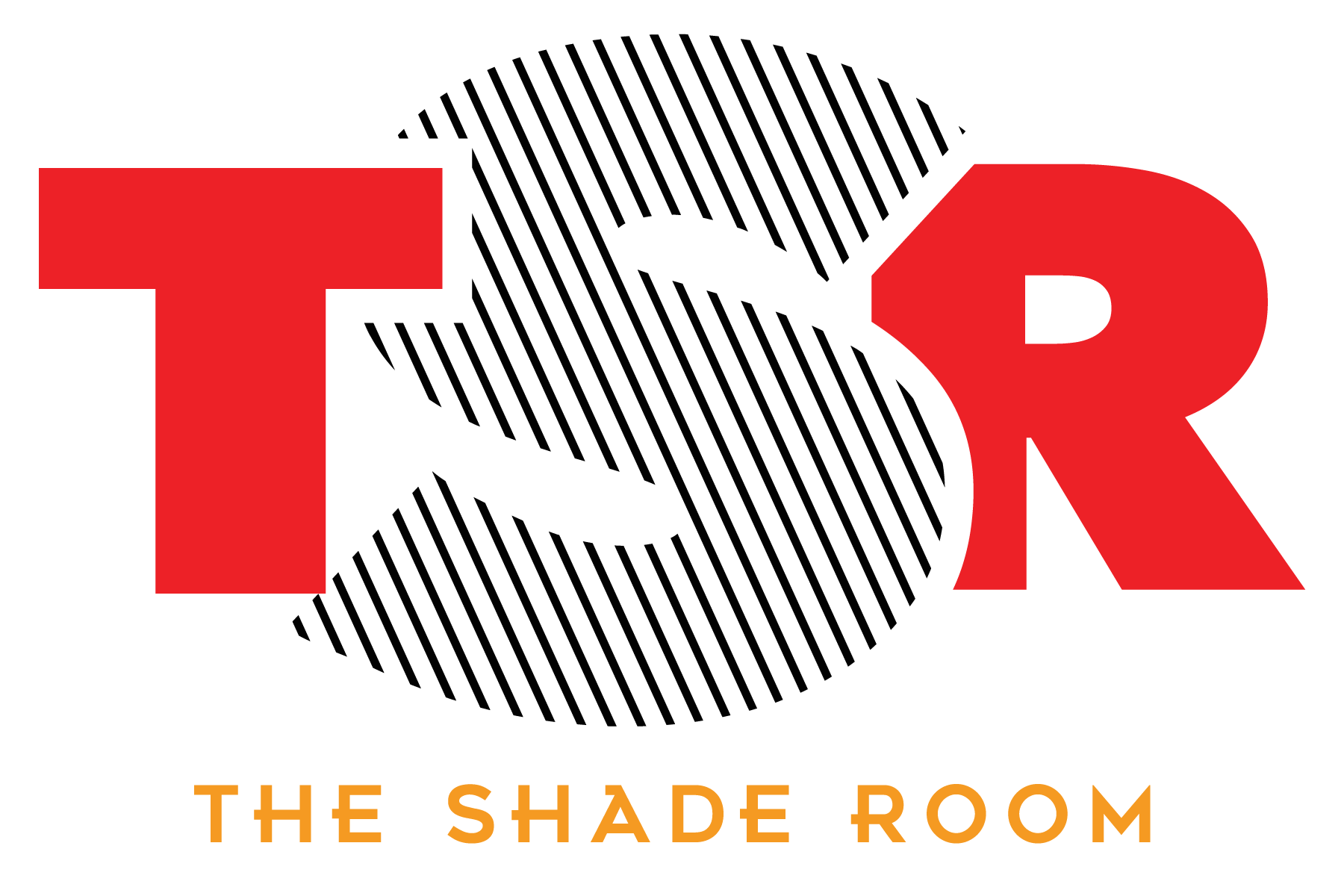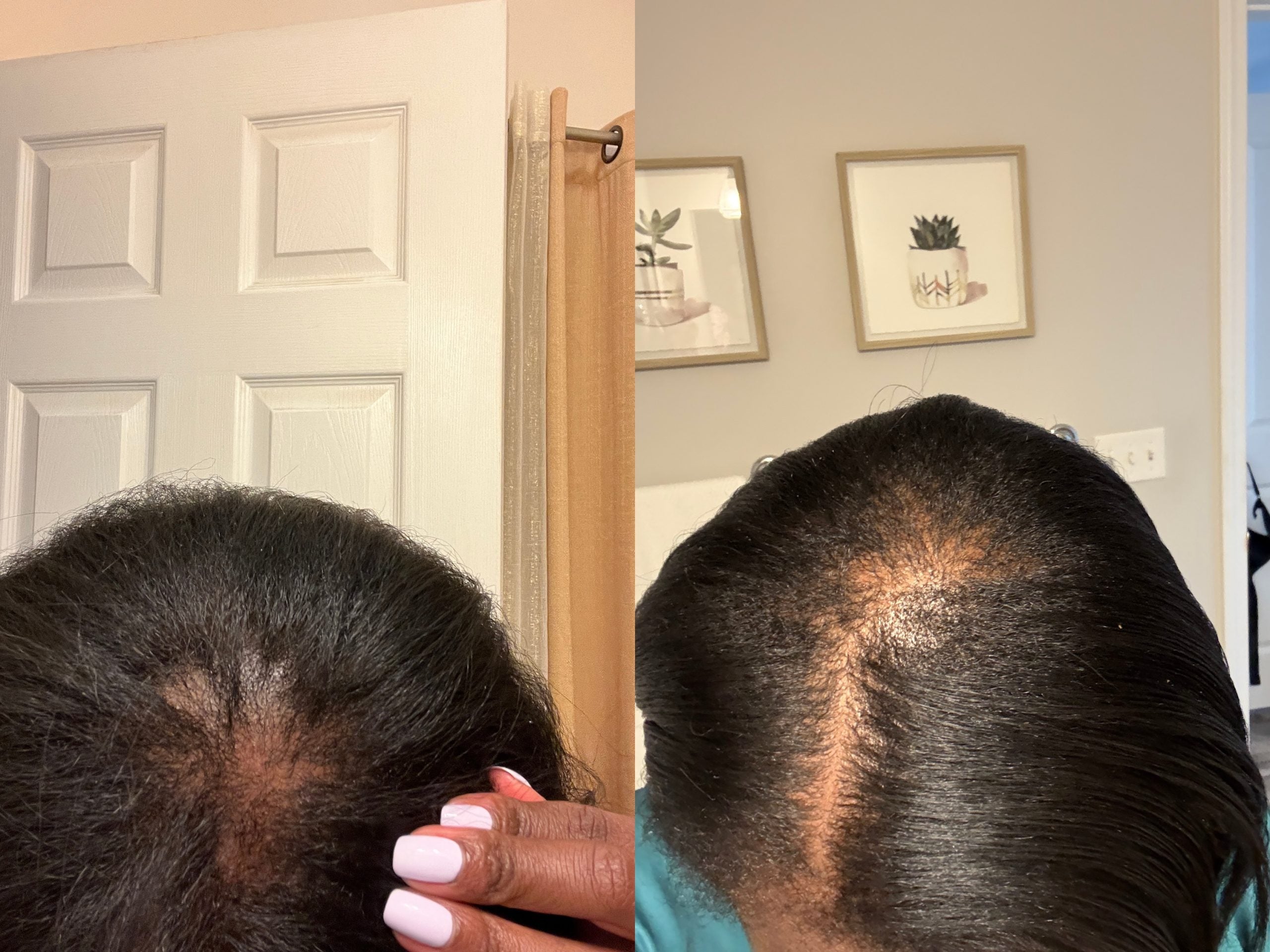The first time I heard about cycle syncing, I was fresh out of journalism school and working my first industry job. It was intense, and impostor syndrome often left me anxious and crying in the bathroom. A friend lent me her copy of Alissa Vitti’s Woman Code as a solution, and I was obsessed. Not because I saw it as practical or applicable, but because it was so aspirational. Cycle syncing is the concept of eating, exercising and working strategically based on where you are in your menstrual cycle. Vitti swore by it and claimed it was the answer to lush hair, confidence, and every It Girl’s glow.
As someone who was in a long-term relationship with Uber Eats, spent 10 hours a day glued to screens, and regularly pulled all-nighters, it felt like I was reading about another species of women, because what did living according to your cycle even mean? I read about these women the way I’d read about dinosaurs as a child. They were fictional. They had to be. Eventually, these women and cycle syncing left my mind. There was no use holding onto information I couldn’t use. Until my health started catching up with me.
Debilitating cramps, anxiety, migraines, severe brain fog and mood swings consumed me for two weeks of every month. Doctors wrote it off as normal, but how could my body being at war with itself be considered normal? I hit my breaking point in my late 20s, with no answers in sight from Western doctors.
On a whim, I typed “women’s hormonal health retreat” into Google and came across the Radiant Bliss program in Koh Samui, Thailand. Desperate for answers, I took the plunge and booked a nine-day retreat. All it took was the pre-arrival call to know I had made the right decision. Unlike Western modalities, the program was designed with the knowledge that each woman was different. They wanted to know everything, from family history to stress levels and reproductive goals. For the first time, it felt like my health concerns mattered, someone was listening, and that there were solutions. And the retreat hadn’t even started yet.
According to Kamalaya’s head naturopath, Kate Upton, I wasn’t alone. “Many women feel like their body is working against them when they arrive at hormone-related pathologies—but in most cases, it’s not your body failing you, it’s simply that your body’s needs aren’t being fully supported,” she says.
“In many ways, modern culture stacks the odds against female hormone health, from chronic stress to poor diet and environmental toxins. While this realization can feel overwhelming at first, it’s actually empowering.”
Over the nine days I spent at Kamalaya, I was pampered with 19 different treatments tailored to my specific hormonal needs, including a consultation with a naturopath, acupuncture, an acupressure facial, IV therapy, and an abdominal massage. Each practitioner I worked with explained the signs my body was showing and helped me understand the root causes behind symptoms that Western doctors told me were normal. Whereas Western medicine told me PMS and extreme cramps were inevitable, Eastern medicine showed me otherwise.I was encouraged to stay away from saunas, spicy food and nuts because I had too much heat and stagnation in my body, which explained my anxiety, sensitivity to the sun and sluggish lymphatic system.
I also learned the innocuous ways that everyday life was disrupting my hormonal equilibrium. Endocrine disruptors exist all around us. Items like plastic containers, nail polish, hair spray, certain fragrances, makeup products and pesticides can interfere with hormonal regulation. Even non-stick cookware can lead to imbalances. According to Upton, women also need to be more mindful of unhealthy lifestyle practices, like poor sleep hygiene, lack of boundaries, dysfunctional relationships, overworking, and even eating late. And it’s the subtle changes you need to look out for.
“Early symptoms of imbalance might present as mood swings, fatigue, irregular periods, or difficulty managing weight,” Upton says. “As hormonal imbalances progress, they can manifest as conditions like infertility, hot flashes, night sweats, sleep disturbances, headaches, and chronic fatigue.” Think of these symptoms as your body sounding the alarm and asking you to respond. Ignoring them puts you at risk of the imbalance manifesting into a more serious condition, like PCOS, hypothyroidism, and endometriosis.
Black women are more likely to develop fibroids, PCOS and other hormone-related ailments than any other population. With recent reports of carcinogens found in synthetic braiding hair and an ongoing class action lawsuit against relaxer brands, the reason behind higher rates of reproductive health issues seems obvious.
But the solution doesn’t necessarily require you to say goodbye to box braids forever (because I know I can’t). Kamalaya taught me that supporting your hormonal health requires outside assistance. That can look like hiring help to reduce stress, regular acupuncture, or even switching out harsh cleaning chemicals. Oftentimes, we feel like change has to be drastic, but for it to be lasting, it’s essential to take small and consistent action.
One of the biggest physical changes for me came from incorporating lymphatic drainage, either by self-massaging or with a therapist. For holistic health practitioner Nazanin Kourdou, it’s the one she most often recommends for patients struggling with PCOS and endometriosis.
“Manual lymphatic drainage massage aids the body in speeding up its natural detoxification processes, which helps clear the excess hormones that contribute to conditions such as PCOS, endometriosis, and fibroids,” she says. “MLD reduces inflammation, improves circulation, and helps break down scar tissue and fibroids, which helps with bloating, pelvic congestion, and chronic pain.”
Other practices to consider to support your hormonal health are breathwork classes, yoga, increased physical activity, and proper nutrition.







